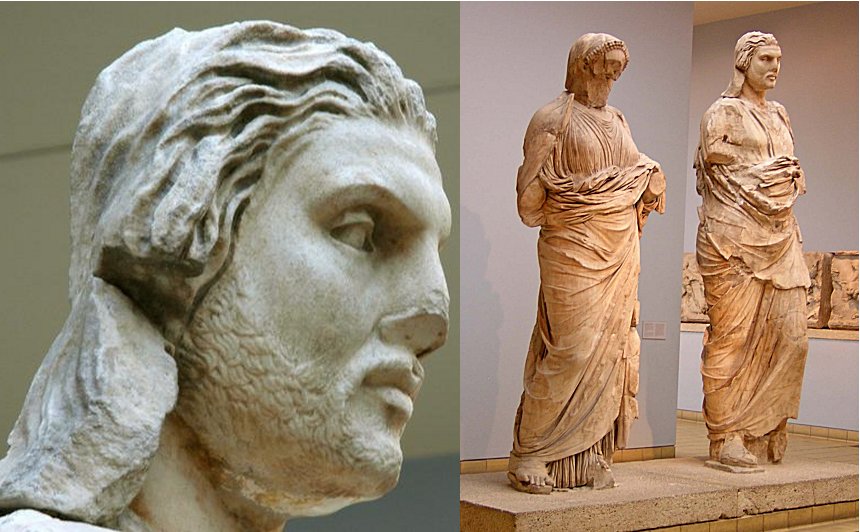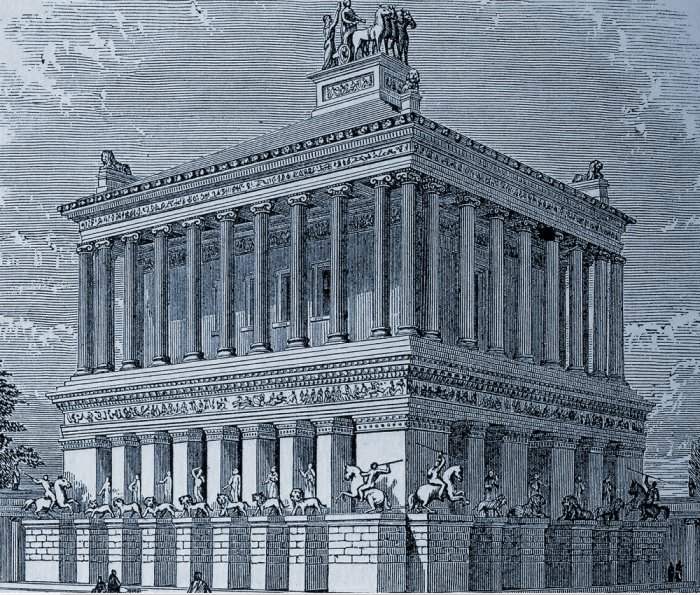Halicarnassus’ Monumental Tomb Built With Shining Stones Belonged To Carian Ruler Mausolus
A. Sutherland - AncientPages.com - Mausoleum at Halicarnassus is an ancient burial place of King Mausolus (377–353 BC), the eldest son of king Hecatomnus of Milas (Mylasa), a native Carian who became the governor of Caria province around 395 BC.
Halicarnassus was located in what is now, Bodrum on the Aegean Sea, in southwest Turkey. In 377 B.C., the city was the capital of a small kingdom along the Mediterranean coast of Asia Minor.

The tomb was erected on a hill overlooking the city and its construction began during the king’s lifetime. The whole structure sat in an enclosed courtyard
The tomb was built between 353 and 350 BC by Mausolus himself and his sister-wife Artemisia II of Caria. The structure was about 45 m (148 ft) in height, and its four sides were beautifully decorated with sculptural reliefs, each designed by one of four prominent Greek sculptors; Bryaxis, Leochares, Scopas of Paros, and Timotheus.
When Hecatomnus died, the Persians had already controlled several of the neighboring cities and districts. During his time of ruling, his son Mausolus extended his territory even further to the southwest coast of Anatolia. The territory was so vast that he decided to move his capital from Mylasa to Halicarnassus on the coast, from which, he and his queen/sister and wife Artemisia ruled over the surrounding territory for 24 years, from 377 to 353 BC.
Other districts of the empire were practically autonomous and ruled with the help of local rulers and governors.
Although descended from local people, Mausolus was strongly influenced by the Greek way of life and government. He founded many cities of Greek design along the coast and encouraged Greek democratic traditions.
The mausoleum of Mausolus - unique and very beautiful – and one of the designers was Scopas of Paros, one of the most skilled artists of the time, who is credited for rebuilding the Temple of Artemis at Ephesus. Hundreds of other craftsmen accompanied him at work.
The tomb was erected on a hill overlooking the city and its construction began during the king’s lifetime. The structure sat in an enclosed courtyard. At the center of the courtyard was a stone platform on which the tomb itself was placed. A staircase, lined by lions in stone, led to the top of this platform. Along the outer wall of this were many statues depicting gods and goddesses. At each corner stone warriors, mounted on horseback, guarded the tomb.
At the center of the platform was the tomb itself. Made mostly of marble, the structure rose as a square, tapering block to about one-third of the Mausoleum's 140-foot height. The entire section was decorated with relief sculptures depicting mythological and historical scenes from the Greek world. One part showed the battle of the Centaurs with the Lapiths. Another depicted Greeks in combat with the Amazons, a race of warrior women.
The Mausoleum was completed around 350 BC, three years after Maussollos's death, and one year after Artemisia's.
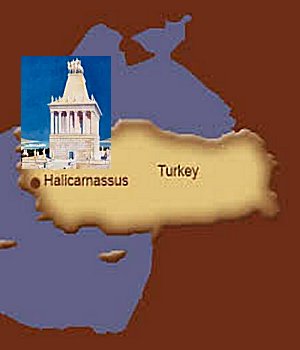 Some sources confirm that for 16 centuries, the Mausoleum remained in good condition until an earthquake caused some damage to the roof and colonnade.
Some sources confirm that for 16 centuries, the Mausoleum remained in good condition until an earthquake caused some damage to the roof and colonnade.
In the early fifteenth century, the Knights of St John of Malta invaded the region and built a spectacular crusader castle.
When they decided to fortify it in 1494, they used the stones of the Mausoleum. By 1522, almost every block of the Mausoleum had been disassembled and used for construction this spectacular
The mausoleum of King Mausolus was a very unique monument, first of all, because the statues depicted people and animals and were not dedicated to the gods of Ancient Greece.
Some of the sculptures survived and are today on display at the British Museum in London. These include fragments of statues and many slabs of the frieze showing the battle between the Greeks and the Amazons.
The mausoleum is one of the seven ancient wonders in the world.
Written by – A. Sutherland - AncientPages.com Senior Staff Writer
Copyright © AncientPages.com All rights reserved. This material may not be published, broadcast, rewritten or redistributed in whole or part without the express written permission of AncientPages.com
More From Ancient Pages
-
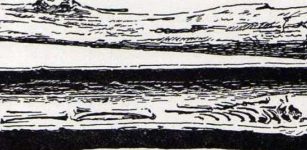 Ancient Burial Of A Princess Who Fell Off A Cliff Raises Many Questions
Archaeology | Apr 18, 2019
Ancient Burial Of A Princess Who Fell Off A Cliff Raises Many Questions
Archaeology | Apr 18, 2019 -
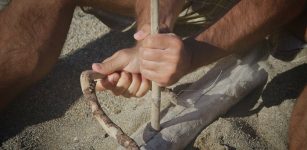 Neanderthals’ Lack Of Drawing Ability Could Explain Why Modern Humans Became Smarter
Archaeology | Feb 11, 2018
Neanderthals’ Lack Of Drawing Ability Could Explain Why Modern Humans Became Smarter
Archaeology | Feb 11, 2018 -
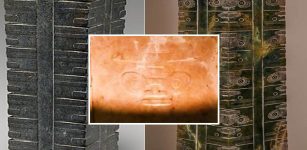 Mysterious Ancient Figure Depicted On A Jade Cong May Re-Write History Of China
Artifacts | Oct 11, 2019
Mysterious Ancient Figure Depicted On A Jade Cong May Re-Write History Of China
Artifacts | Oct 11, 2019 -
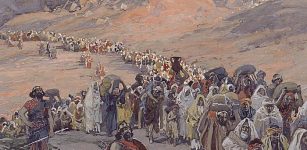 Why Were The Jews Exiled To Babylon?
Ancient History Facts | Jan 14, 2020
Why Were The Jews Exiled To Babylon?
Ancient History Facts | Jan 14, 2020 -
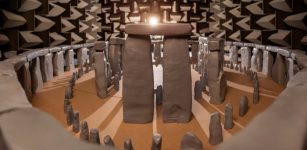 Ancient Sound Of Stones – Acoustics At Stonehenge Tested By Scientists
Ancient Technology | Aug 29, 2020
Ancient Sound Of Stones – Acoustics At Stonehenge Tested By Scientists
Ancient Technology | Aug 29, 2020 -
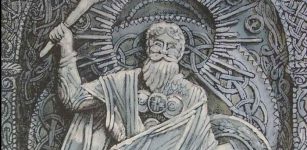 Veles And Perun: Most Powerful Slavic Gods In Conflict Between Powers Of Light And Darkness
Featured Stories | Jun 26, 2017
Veles And Perun: Most Powerful Slavic Gods In Conflict Between Powers Of Light And Darkness
Featured Stories | Jun 26, 2017 -
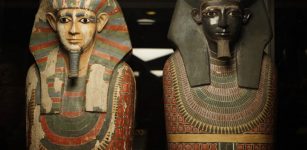 Egyptian Tomb Of The Two Brothers – DNA Solves Ancient Egyptian Mystery
Archaeology | Jan 17, 2018
Egyptian Tomb Of The Two Brothers – DNA Solves Ancient Egyptian Mystery
Archaeology | Jan 17, 2018 -
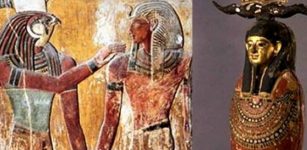 Sokar – Patron Deity Of Ancient Necropolis Of Memphis In Lower Egypt
Egyptian Mythology | Feb 19, 2019
Sokar – Patron Deity Of Ancient Necropolis Of Memphis In Lower Egypt
Egyptian Mythology | Feb 19, 2019 -
 Why Coyote Wanted People To Die For Their Own Good – A Caddo Nation Legend
Featured Stories | Jun 18, 2021
Why Coyote Wanted People To Die For Their Own Good – A Caddo Nation Legend
Featured Stories | Jun 18, 2021 -
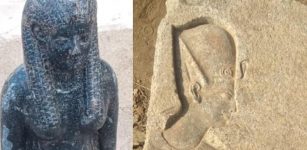 Artifacts Unearthed In Mit-Rahina, South Of Giza, Egypt
Archaeology | Jul 29, 2020
Artifacts Unearthed In Mit-Rahina, South Of Giza, Egypt
Archaeology | Jul 29, 2020 -
 Will Egypt be able to buy back the 4500-year-old statue of Sekhemka?
Artifacts | Aug 26, 2015
Will Egypt be able to buy back the 4500-year-old statue of Sekhemka?
Artifacts | Aug 26, 2015 -
 Medici Family – Powerful Renaissance Godfathers And Patrons Of Galileo Galilei
Featured Stories | Dec 17, 2018
Medici Family – Powerful Renaissance Godfathers And Patrons Of Galileo Galilei
Featured Stories | Dec 17, 2018 -
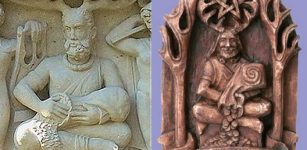 Enigmatic Cernunnos – Most Ancient, Stag-Antlered, Peaceful God Of Celtic People
Celtic Mythology | Aug 26, 2019
Enigmatic Cernunnos – Most Ancient, Stag-Antlered, Peaceful God Of Celtic People
Celtic Mythology | Aug 26, 2019 -
 Mystery Of Doppelgangers And Spirit Doubles – From Ancient To Modern Times
Featured Stories | Feb 28, 2022
Mystery Of Doppelgangers And Spirit Doubles – From Ancient To Modern Times
Featured Stories | Feb 28, 2022 -
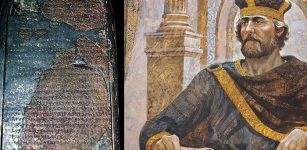 Mesha Stele: One Of The Most Valuable Biblical Artifacts
Artifacts | Dec 4, 2020
Mesha Stele: One Of The Most Valuable Biblical Artifacts
Artifacts | Dec 4, 2020 -
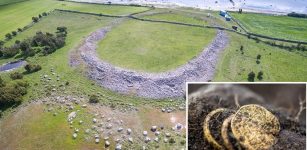 Gold Coins Shed Light On The Mystery Of Sandby Borg And Massacre On The Swedish Island
Archaeology | Oct 16, 2017
Gold Coins Shed Light On The Mystery Of Sandby Borg And Massacre On The Swedish Island
Archaeology | Oct 16, 2017 -
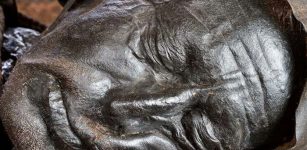 Mystery Of Europe’s Bog Body Phenomenon Solved By Scientists
Archaeology | Jan 12, 2023
Mystery Of Europe’s Bog Body Phenomenon Solved By Scientists
Archaeology | Jan 12, 2023 -
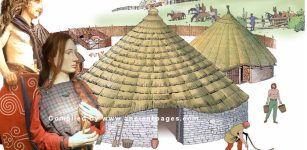 Celts: Facts And History About The Powerful And Intriguing People Of Central And Northern Europe
Civilizations | Aug 7, 2022
Celts: Facts And History About The Powerful And Intriguing People Of Central And Northern Europe
Civilizations | Aug 7, 2022 -
 26,000-Year-Old Footprints In Chauvet Cave: Oldest Evidence Of Human-Canine Relationship
Featured Stories | Dec 29, 2016
26,000-Year-Old Footprints In Chauvet Cave: Oldest Evidence Of Human-Canine Relationship
Featured Stories | Dec 29, 2016 -
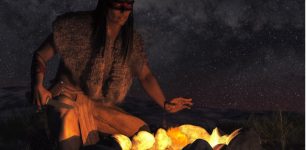 Rare 13,000-Year-Old Artifacts And Paleoindian Camp Uncovered in Connecticut Shed New Light On The First Ancient People In America
Archaeology | Mar 18, 2022
Rare 13,000-Year-Old Artifacts And Paleoindian Camp Uncovered in Connecticut Shed New Light On The First Ancient People In America
Archaeology | Mar 18, 2022

